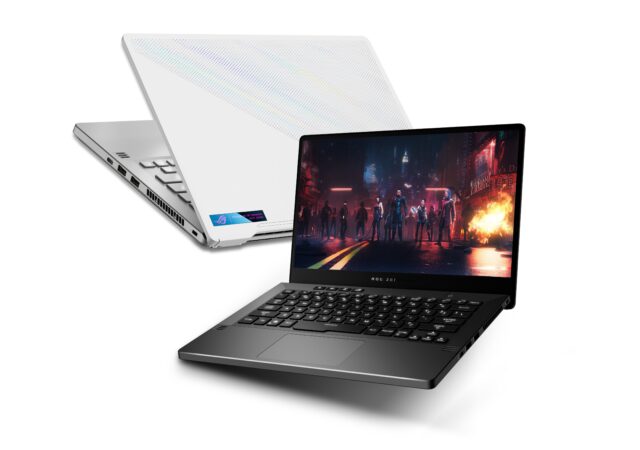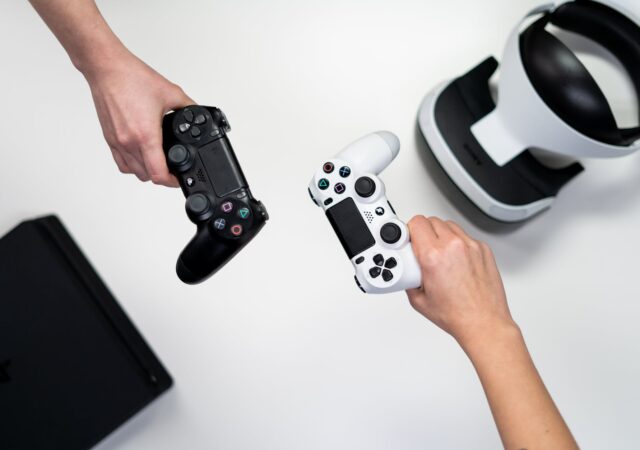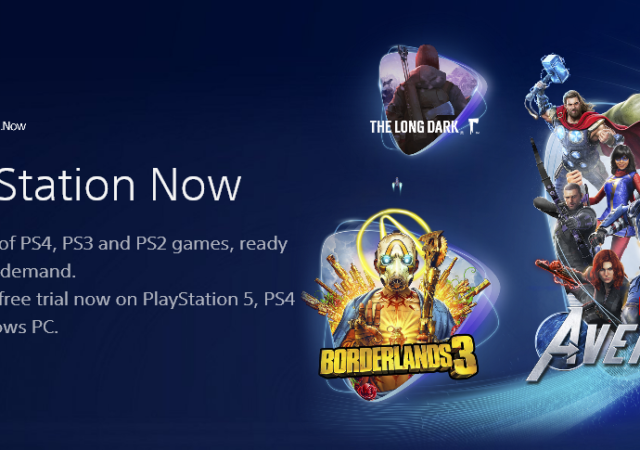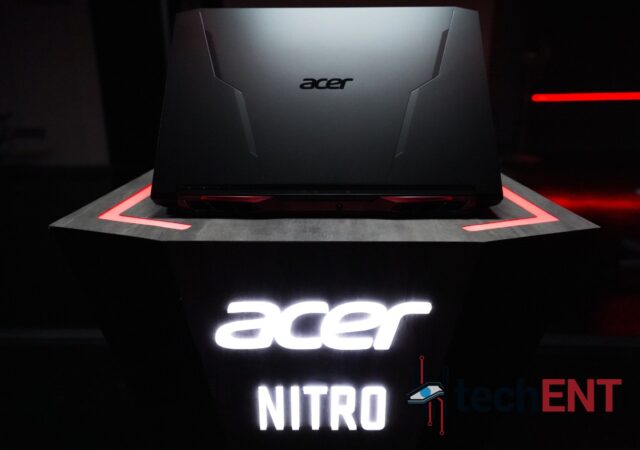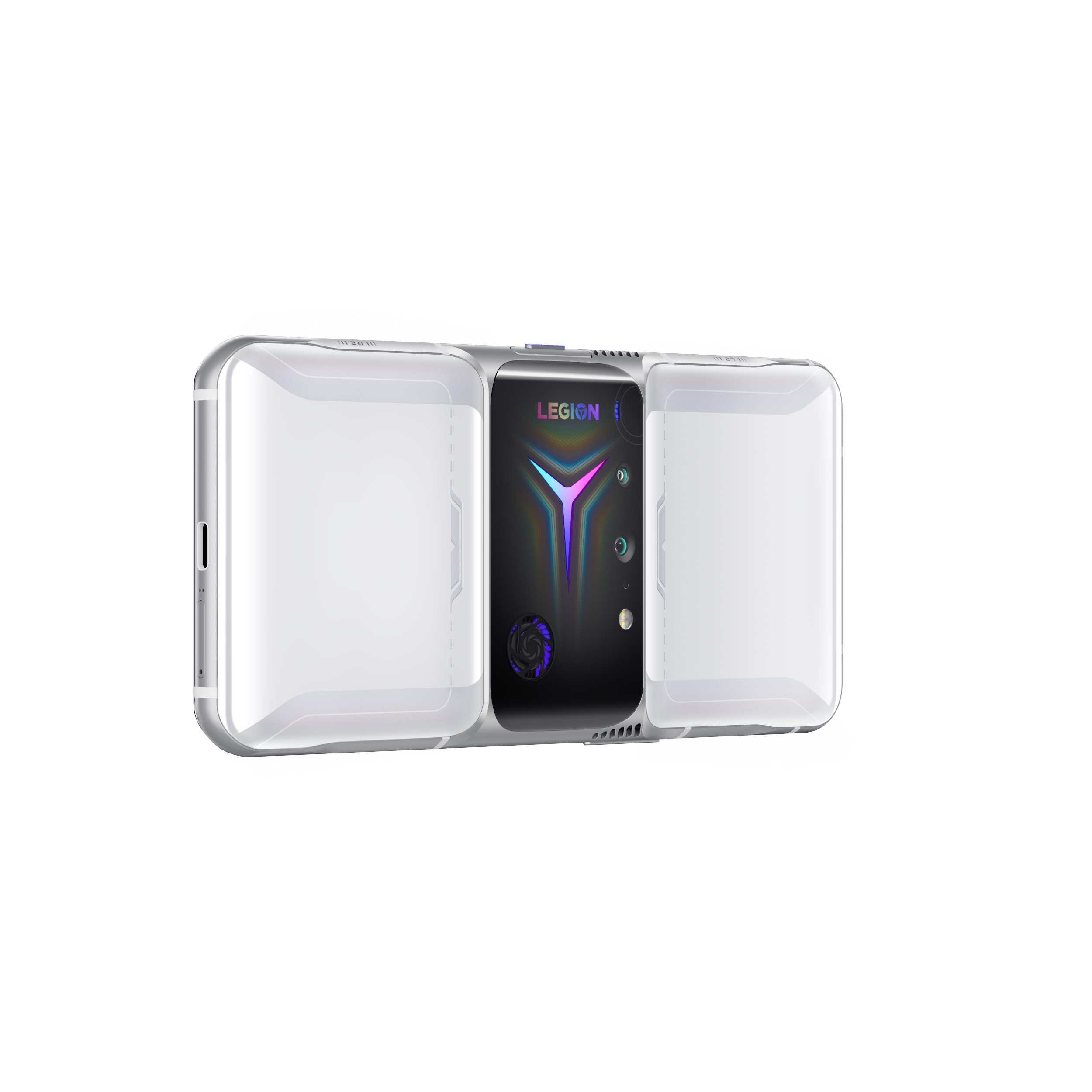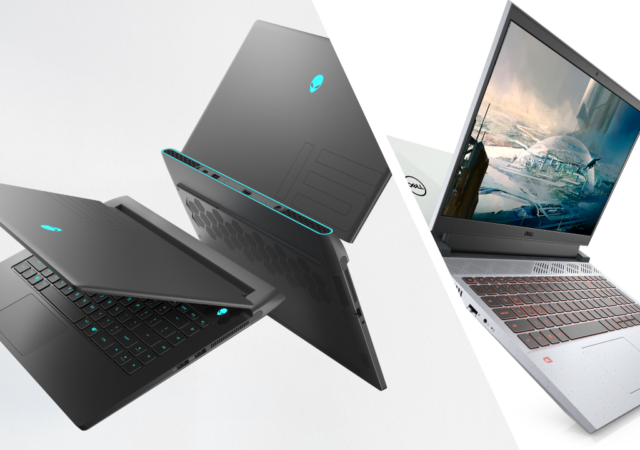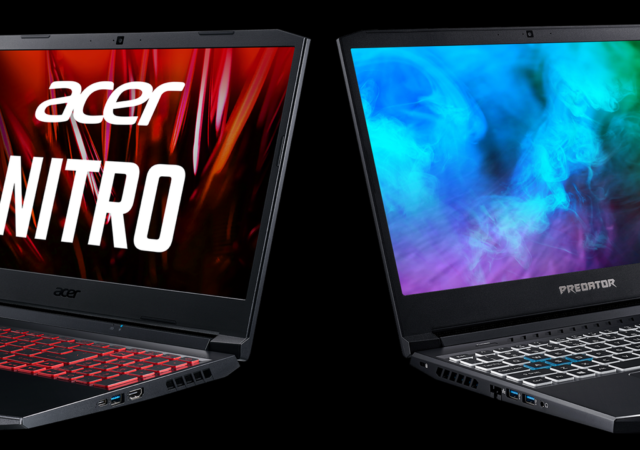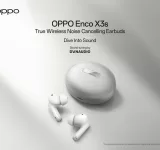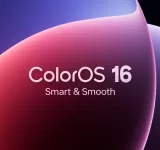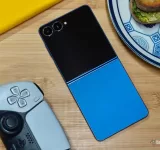ASUS just launched their brand new ROG line up for 2021 with the latest CPUs and NVIDIA’s GeForce RTX 30 series GPUs.
ROG Strix Gets A Skateboarding Makeover in Nyjah Huston Edition
ASUS Republic of Gamers (ROG) collaborates with world champion skateboarder, Nyjah Huston, to bring a unique, one-of-a-kind edition of the Strix SCAR 17.
Discord is Coming to Playstation
Sony Interactive Entertainment announces a partnership with Discord which will see the chat platform make its way to Playstation.
Pikafy Your Instax Mini with the New Nintendo-Fujifilm Collaboration
Nintendo and Fujifilm are looking to bring you more Animal Crossing, Pokemon, and Super Mario with a new collboration which brings the popular characters to the portable photo printer.
1080p Full HD Comes to PlayStation Now!
Sony’s PlayStation Now is introducing Full HD game streams to their cloud gaming platform for the first time ever.
Acer Launches the Nitro 5 with AMD Ryzen 9 and NVIDIA GeForce RTX 3080
The Acer Nitro 5 for 2021 can be a beast with AMD’s Ryzen 9 and RTX 3080 inside. Available for pre-order from MYR 3,699 onward.
Lenovo Announces the Legion Phone Duel 2 with 2 Fans and 720Hz Response Rate
Lenovo releases the Lenovo Legion Phone Duel 2 with Qualcomm Snapdragon 888, two cooling fans, and 2 batteries.
Dell Ups the Gaming Ante with New Monitors
Dell announces four new gaming monitors armed with specifications that will allow you to get the most immersive experience.
Dell & Alienware Ryzen to the Occasion with All-new AMD Powered Line up
Dell and Alienware release their first gaming laptops powered by AMD’s Ryzen processors paired with NVIDIA’s RTX30 series.
Acer Refreshed the Nitro 5 & Helios 300 in Malaysia
Just as the Asia Pacific Predator League kicks off, Acer has taken the opportunity to refresh two of their most popular gaming laptops: the Nitro 5 and the Helios 300. The two gaming laptops come with refreshed graphics and processors…



